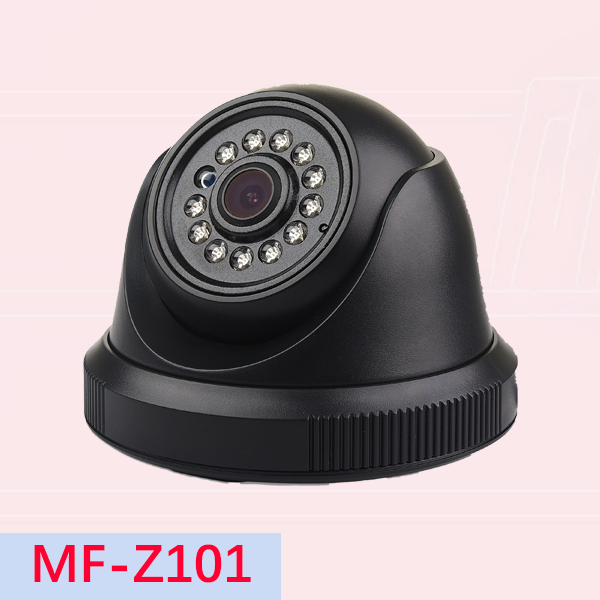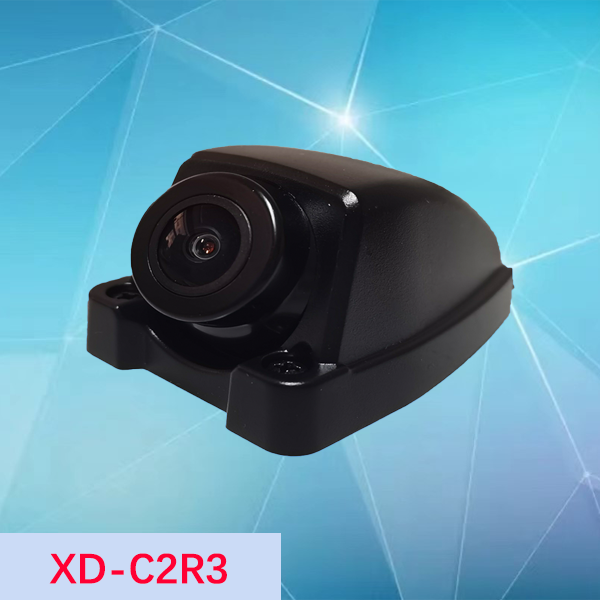In recent years, car cameras, or dashcams, have become increasingly popular among drivers, offering peace of mind by capturing footage of incidents on the road. Optimal camera placement is key to achieving comprehensive coverage and capturing critical incidents effectively. This guide explores the best locations to install car cameras to maximize visibility and enhance safety.
Front Windshield (Dashcam Placement)
The front windshield is the most common and essential location for a car camera. Positioned near the rear-view mirror, this placement allows for a wide-angle view of the road ahead. It captures incidents involving other vehicles, traffic violations, and unexpected road events. Most dashcams offer loop recording, which continuously overwrites old footage, ensuring that recent incidents are always recorded. For an optimal view, the camera should be positioned slightly below the rear-view mirror, ensuring it doesn’t obstruct the driver’s line of sight while still capturing a full view of the road.
Rear Windshield (Rear Camera Placement)
The rear windshield is another strategic location, as it provides coverage of vehicles approaching from behind. This placement is especially beneficial in rear-end collisions, which account for a large percentage of car accidents. Many dual-channel dashcams include a rear camera option that records alongside the front camera, capturing footage of the rearview and enhancing your field of vision. The rear camera should be installed centrally along the upper part of the rear windshield to maximize coverage without obstructing the rearview mirror.
Side Mirrors (Side Camera Placement)
Placing cameras on or near side mirrors can help capture footage of incidents occurring on either side of the vehicle. These cameras are especially valuable for detecting blind-spot activity and capturing footage of sideswipes, lane changes, and close overtakes. Some advanced dashcam setups offer side cameras that can be integrated into the car’s side mirrors, providing unobtrusive yet comprehensive side coverage. Ensure that side cameras do not interfere with the mirror’s functionality or obstruct the driver’s view.
Interior Cabin (Inside Facing Camera)
An inside-facing camera, positioned near the front dashboard or rear-view mirror, provides a view of the car’s interior and can capture events involving passengers or intruders. This placement is commonly used in rideshare and taxi services, as it provides evidence in case of disputes or incidents involving passengers. Additionally, the interior camera can record the driver’s behavior, which may help in insurance claims by providing proof of responsible driving.
Overhead (Roof-Mounted Camera)
While less common, an overhead or roof-mounted camera offers a unique vantage point that captures a wide 360-degree view surrounding the vehicle. This placement is particularly useful in situations where parking lot incidents, vandalism, or theft are concerns. Roof-mounted cameras provide a bird’s-eye perspective, allowing for a broader view of the car’s surroundings and potential threats from any direction. Some high-end vehicle security systems and dashcam setups support this mounting option, especially in SUVs or larger vehicles.

Looking for the best car camera placement solutions? MacFaith E-Technology Co., Ltd provides advanced vehicle surveillance systems tailored for all types of vehicles, including buses, taxicabs, and trucks. Our customizable mobile DVR for vehicles and vehicle security cameras offer optimal coverage for your vehicle, helping you capture every angle with precision. With cutting-edge AI technology, including ADAS and BSD systems, our solutions minimize blind spots, enhance safety, and provide solid evidence for any incident.
Secure your vehicle with the perfect car camera placement — contact us now.


